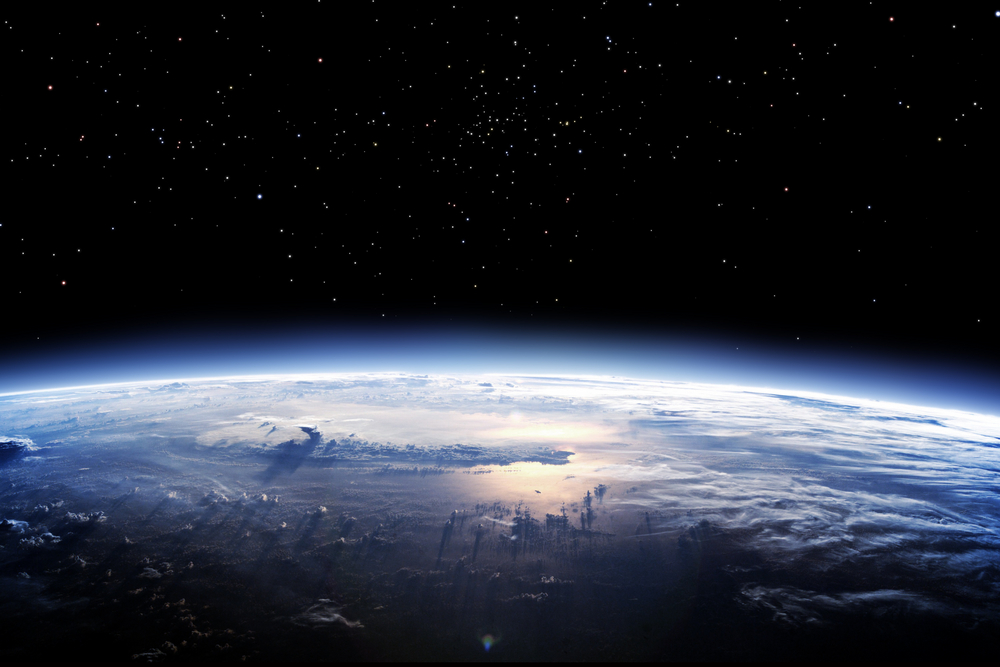With the ozone depletion, it will have less protection from the sun’s rays and there will be more exposure to UV-B radiation at the surface. This will have effects on Human health, Plants, Marine Ecosystems, Biogeochemical Cycles, materials, etc.

Effects on Human Health
UV-B has a wavelength between 290nm and 320nm. UV-B is harmful to us since it causes sunburn on human skin and cataracts in our eyes. UV-B will cause damage at the molecular level to the fundamental building block of life- deoxyribonucleic acid which is known as DNA. DNA will readily absorb UV-B. This will cause a change in shape of the molecule. Protein-building enzymes cannot read the DNA code, will produce distorted protein or cells will die. This will cause mutation in DNA and suppressing certain activities of our immune system, which induces skin cancer, which in this case refers to Basal and Squamous Skin Cancer and Melanoma Skin Cancer.

Furthermore, UV-B will cause eye problems since our eyes are vulnerable. Common eye problems are as such cataracts, snow blindness and other aliments, both humans and animals. Although in modern day, sunglasses may provide some UV protection, a significant amount of UV will still reach our eyes with a higher exposure due to ozone depletion.
Effects on Plants
UV-B impairs photosynthesis in many species. UV-B reduces size, productivity and quality in many of the crop plant species that have been studied (many varieties of rices, soybeans, winter wheat, cotton and corn). This may lead to an increase in price of these goods since UV-B affects the supply of the crops. Furthermore, UV-B increase the plants’ susceptibility to disease.

Effects on Marine Ecosystem
Overexposure to UV-B impairs the productivity of phytoplankton in aquatic ecosystems. Phytoplankton are the microscopic marine plants. They contain chlorophyll, which allow them to undergo photosynthesis to produce glucose to live and grow. As phytoplankton is the base of several aquatic food webs, in a balanced ecosystem, they provide food for a wide range of sea creatures like whales, shrimp, snails, jellyfish etc. With the decrease the productivity of phytoplankton, it may cause shortage of food in marine ecosystem.


UV-B, as mentioned earlier, will cause a mutation in DNA. This may affect the enzyme reactions that contain fundamental biological functions, such as cell division in developing sea urchin eggs and changing the movement and the orientation of tiny organism as they move in water bodies. Since some species are more vulnerable, it will cause a shift in species composition and diversity in various ecosystem.
Effects on Biogeochemical cycles
Biogeochemical cycles refer to the cycling of chemicals such as carbon and energy throughout the Earth system. UV-B affects organisms that move nutrients and energy through the biosphere, we can expect changes in their activities to alter biogeochemical cycles. As mentioned above, overexposure of UV-B will cause the population of the phytoplankton. Phytoplankton can store huge amount of carbon in the ocean. Thus, a decrease in the population will significantly impact the Earth’s carbon cycle.
Effects on Materials
The common plastic materials has a limited outdoor service life due to the susceptibility to solar ultraviolet radiation. In particular, UV-B is efficient in bringing about photodamage in synthetic and naturally occurring materials. It is true for plastic, rubber and wood used in the building and agricultural industries.
References
United States Environmental Protection Agency, n.d . Health and Environmental Effects of Ozone Layer Depletion. Taken from: https://www.epa.gov/ozone-layer-protection/health-and-environmental-effects-ozone-layer-depletion
Jeannie Allen, September 2001. Ultraviolet Radiation: How It affects Life on Earth. Taken from: https://earthobservatory.nasa.gov/Features/UVB/
American Cancer Society, n.d. Skin Cancer. Taken from: https://www.cancer.org/cancer/skin-cancer.html
National Ocean Service, April 2014. What are phytoplankton? Taken from: http://oceanservice.noaa.gov/facts/phyto.html
Andrady AL, January 2003. Effects of climate change and UV-B on materials. Taken from: https://www.ncbi.nlm.nih.gov/pubmed/12659541
